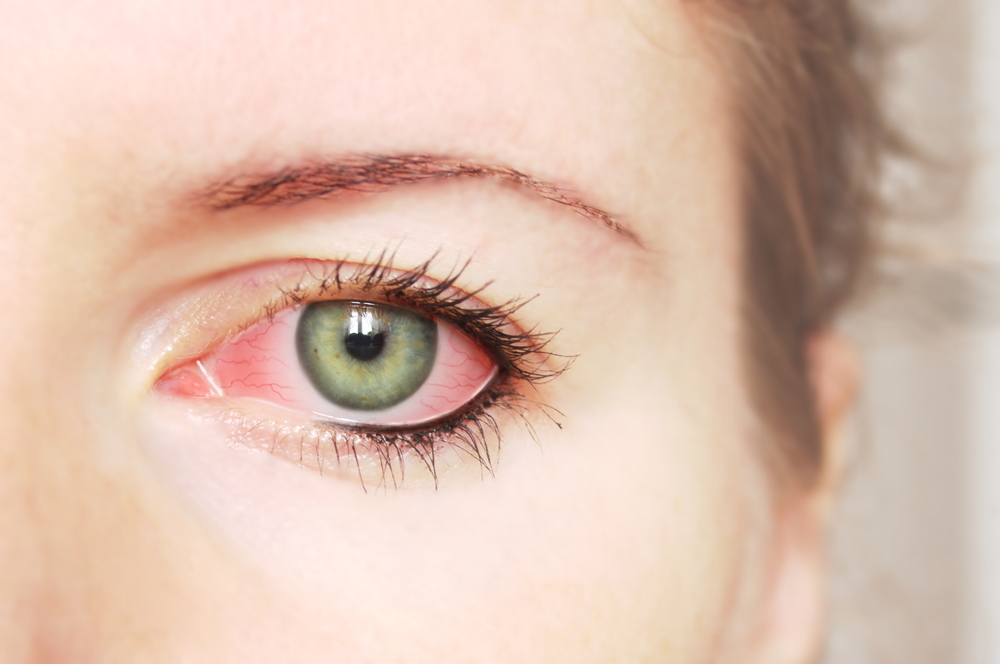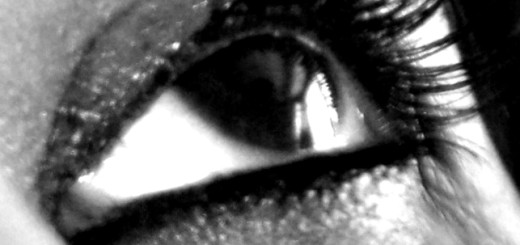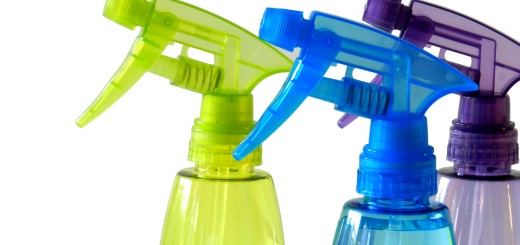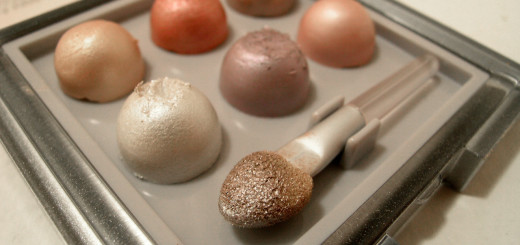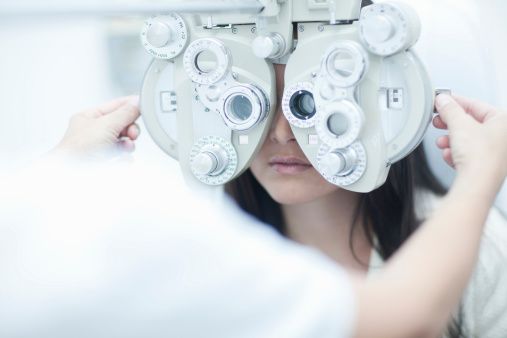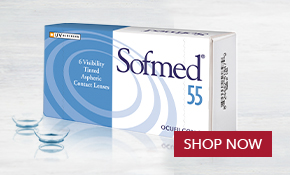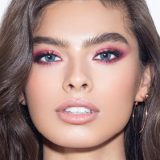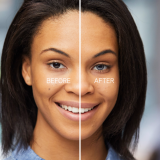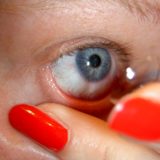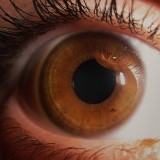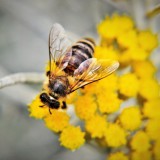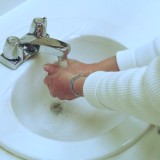Eyes hurt? You may have Giant Papillary Conjunctivitis!
According to the American Optometric Society, Giant Papillary Conjunctivitis is “a type of allergic conjunctivitis caused by the chronic presence of a foreign body in the eye,” AKA your contact lenses!
Symptoms
You’re most likely to notice Giant Papillary Conjunctivitis once you start experiencing symptoms, so let’s start there.
- The first thing you’ll notice is irritation in your eye like redness, itchiness or burning.
- You may feel your contact moving out of place when you open and close your eyelid.
- It’s possible you’ll develop blurry vision or increased eye discharge.
These symptoms can develop over time, and it’s possible that you won’t notice the severity of the condition until it’s basically impossible to put your contacts in without intense burning or discomfort. If you start to experience any of these symptoms, it’s important to make an appointment with an optometrist to try and catch GPC early on.
Diagnosis
Once you visit the optometrist, they’ll discuss your symptoms and finalize your diagnosis by flipping your top eyelid. The most distinctive feature of this condition is large bumps that occur under your eyelid, some of which could be larger than 1 mm across. Bumps can even extend to your lower eyelid.
One dermatologist explained it this way… “Image that tiny rocks are stuck under your eyelid and every time you blink those rocks are dragged up and down over the surface of your eye.” So you can understand how painful it might be!
Once Giant Papillary Conjunctivitis is diagnosed, your optometrist will determine the best course of treatment, which will include:
- Stopping contact lens wear for days or weeks until all signs of irritation disappear
- Using allergy eye drops to reduce itching or burning sensations
Treatment of Giant Papillary Conjunctivitis
If all visible signs of GPC have disappeared, visit your optometrist again so they can confirm that the bumps have also diminished in size and irritation and decide on your options moving forward.
- The most important thing is to limit contact lens wear each day.
- Have a great pair of glasses on hand if your eyes do get irritated throughout the day.
- It’s a good idea to try a contact lens that is made out of a different material or try daily disposable contacts to cut down on allergens being introduced to your eye.
- If you continue using contacts (week, 2-week or monthlies), switching to a hydrogen peroxide-based contact solution will help eliminate allergen buildup.
- Be aware that flare ups may continue to occur as long as your wear contact lenses.
Be aware of the warning signs of this condition so you can stop your contact lens wear immediately to keep it from progressing. If you have any additional questions about contact lens irritation or Giant Papillary Conjunctivitis, contact an optometrist who can help.

